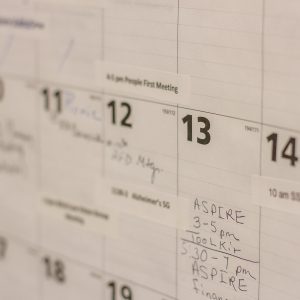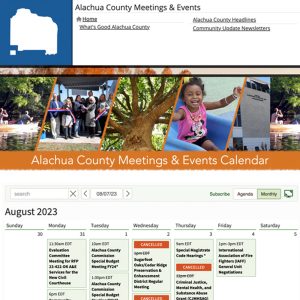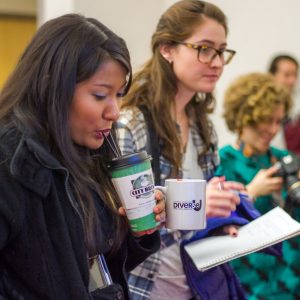RCLD Outreach Training
Section 5: Get meeting
Organizing accessible meetings
Place and time considerations
Choosing a place
When choosing a place to hold your meeting, consider both the inside access of the building, but also transportation access for attendees. Consider the values, traditions, and practices of the community – knowing how, where, and communication styles of your specific community. For example, some community members may not like meeting at government buildings, some may not like religious settings, and some may prefer those places.


Choosing a time
When picking a time that works for the bulk of your attendees, consider:
- Does it need to be before or after work schedules?
- During time public transportation is available?
- Avoiding conflict with other events:
- Local or cultural holidays
- Local sporting events (e.g. football, rodeos, school sports, and more depending on region)
- Other meetings or conferences with a similar audience as attendees
- Disability? Housing? Transportation?
- Legislative calendar for policy-makers
- School events
- Agriculture – harvest times, planting seasons
- County- and state-fairs
Conflicting events
When searching for conflicting events you can check or ask:
- Event calendars
- Community coordinators
- Periodicals
- Local papers
- Radio
- Local TV
- Media outlets
- Social media
- Websites
- Fliers that list community events
- Newsletters or social media from service organizations
- School newspapers


Other time considerations
- Is there time for mingling or discussion before or after your event for people to meet or ask questions?
- Do you have access to the venue before the start time to set up or are you following someone?
- Is the meeting duration or frequency too much for some participants?
- Can you use Doodle or another scheduling platform to get an idea from attendees (and possible staff/speakers) on availability before the event?
